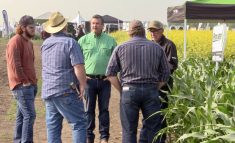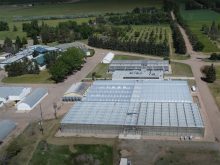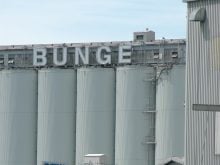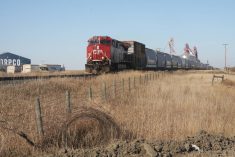A proposed crop interpretive centre in Yorkton, Sask., took another step forward last week with funding from the provincial government for a development plan.
The ministry of agriculture contributed $10,000 and tourism, parks, culture and sport contributed another $10,000.
Randy Goulden, executive director of Tourism Yorkton, said $20,000 was exactly what the steering committee needed.
She said the committee has already done a lot of the planning but needs money for a building.
The Western Canadian Crop Technology Interpretive Centre would be added to an existing visitor information centre along Highway 9 in Yorkton. Early estimates peg the cost at between $1.5 and $2 million.
Read Also
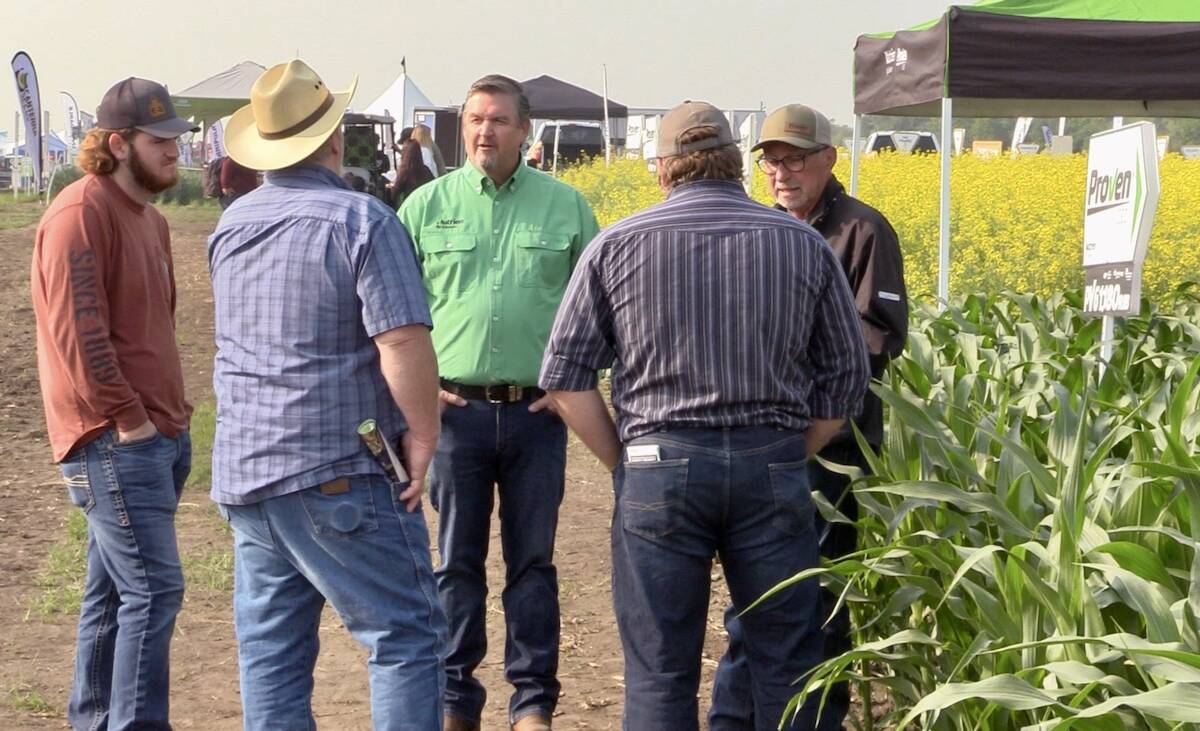
Interest in biological crop inputs continues to grow
It was only a few years ago that interest in alternative methods such as biologicals to boost a crop’s nutrient…
For the past several years, the Crops of the Parkland Walking Tour has drawn thousands of visitors curious to examine the different types of crops grown in the province.
Adding a year-round centre was a natural progression, Goulden said.
The centre would offer interactive displays and demonstrations. It would also serve as a teaching tool so younger people can learn where some of their food originates.
She said about 20,000 people tour the plots each year. Visits to the crop centre should be significantly higher.
Saskatchewan agriculture minister Bob Bjornerud said the educational aspect fits well with one of his priorities.
“I think what they’re trying to do is give young people a better understanding of … where their food comes from and how it gets there,” he said.
Private sector agricultural companies are also interested in the project. Bjornerud thinks it will be a strong tourist draw.
Goulden said the committee is looking at different ways to raise funds, including naming rights to the building and in-kind donations.
“We know that we have good support from the agriculture community in Saskatchewan,” she said.
She added that having a year-round facility will help target school groups. The crop tours are not generally available until after school is out in June and they are usually finished by the time students return in fall.
The time line for the project is three to five years.
“If we can get it done sooner, this group of passionate volunteers will get it done sooner,” she said.



